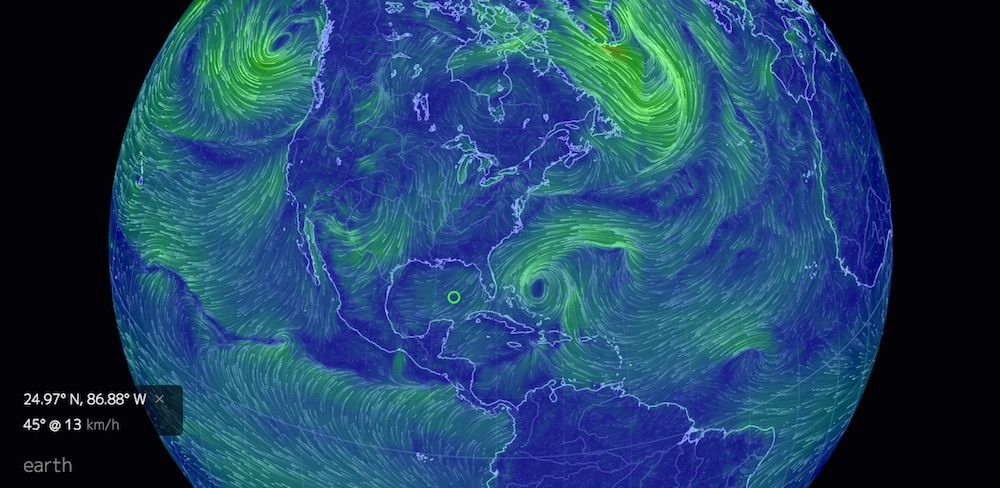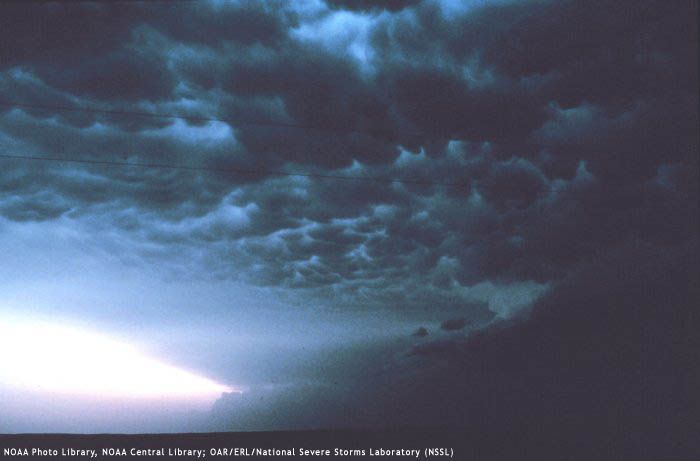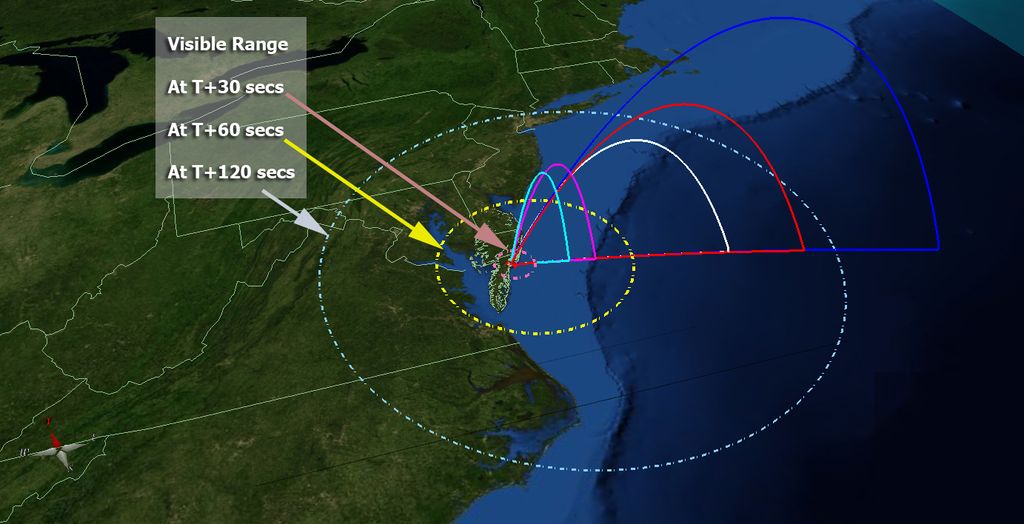

What could it be? That’s right, air! The air is in the way, and since the cap is on the bottle, the air can’t get out of the bottle. Something is preventing the capped bottle from being crushed.

This also models the way real scientists discuss and collaborate with each other. It’s always better for the students to first discuss with each other and see how much they can figure out through discussion with other students. What do they observe? Why can they squeeze and collapse one bottle easily but not the other? Let them discuss this among themselves. Give each student (or group of students) two empty plastic bottles, one with no cap, and the other with the cap tightly screwed on. But, before we get to that, we’ll want to make sure everyone understands that there is actually air in what appears to be an empty container.

One of the most important ideas related to weather is air pressure. Temperature trends in the Midwest show an overall warming of between 0.3˚F to 1.8˚F from data collected during the period of 1895-2006.A: Ask, and ye shall receive. The climate however, is a trend over an extended period of time. Winter temperatures can vary just as much. Some days can be very warm, with record temperatures over 100˚Fahrenheit (F), with other summer days not even reaching 70˚F. Build background by providing the following example: The weather in Wisconsin can vary from day to day. Climate is an average pattern of weather for a particular region. The term climate describes weather patterns of a particular region over a longer period, usually 30 years or more. Make sure students understand that the term weather describes conditions in the atmosphere over a short period of time. Have students make connections between weather and climate.Īsk: What is climate? How does climate relate to weather? Some students may understand that the climate in areas closer to the Equator has fewer extremes than in the areas farther away from the Equator. Hail storm: cold or warm temperatures, rain, iceĪfter students have completed the worksheet, ask: What patterns do you see?Ĥ.Dust storm: strong winds, arid conditions.Blizzard: heavy snow, ice, cold temperatures.Hurricane or cyclone: strong wind, heavy rain.Tornado: clouds, strong wind, rain, hail.Their answers should include the following: Allow students to gather and organize the information they have learned about weather and atmospheric conditions present for each type of weather. Read aloud the directions and go over the provided answer. Have students complete the worksheet Weather Investigation.ĭistribute a copy of the worksheet Weather Investigation to each student. Ask: What are the factors that affect extreme weather? Elicit responses from students such as: the sun ( temperature), water ( precipitation), and other atmospheric conditions like jet stream, pressure, wind, humidity, and clouds.ģ. Then ask: What are the necessary conditions for each weather event to occur? Elicit responses from students such as: differences in circulating air masses, clashing warm and cool air masses ( fronts), and jet streams. Then, show the National Geographic video “Weather 101.” Ask students to describe the extreme weather events. Invite volunteers to read aloud each caption. Display the photo gallery Extreme Weather. Tell students they will look at a photo gallery of extreme weather and then watch a video about weather. Discuss a photo gallery of extreme weather. Then ask students to sort the list into logical categories, such as types of weather, tools to measure weather, and effects of weather.Ģ.

Activate students’ prior knowledge about extreme weather on Earth.Īsk: What do you know about extreme weather on Earth? Have students brainstorm a list of weather-related words and phrases.


 0 kommentar(er)
0 kommentar(er)
